 Coming to Dien Bien Phu, we were fortunate to meet and listen to the stories of the Dien Bien soldiers of the past. They not only bravely held guns to fight off the invading French army but also pioneered the economic front after the guns fell silent. And today, on the Dien Bien Phu battlefield of the past, a young and vibrant city has emerged in the far west of the Fatherland.
Coming to Dien Bien Phu, we were fortunate to meet and listen to the stories of the Dien Bien soldiers of the past. They not only bravely held guns to fight off the invading French army but also pioneered the economic front after the guns fell silent. And today, on the Dien Bien Phu battlefield of the past, a young and vibrant city has emerged in the far west of the Fatherland.
Resurrecting dead lands
From the center of Dien Bien Phu city, less than 20 minutes by motorbike towards Tay Trang border gate, we arrived at the former Hong Cum battlefield (now in Thanh An and Thanh Yen communes, Dien Bien district). The war has been over for 70 years, covering the fierce battlefield of that day are now green rice and corn fields, spacious houses with bright red tiled roofs.
Although he is at a rare old age, with hair as white as silk, Mr. Tran Van Dap, a former soldier of Dien Bien, a worker at the Dien Bien State Farm, still remembers those heroic years clearly. Mr. Dap recalls: “In the Dien Bien Phu campaign in 1954, Hong Cum, along with Him Lam and Hill A1, were the three most fortified and strongest centers of the French invaders. Hong Cum was the last stronghold of the French that was destroyed by our army on the night of May 7, 1954, ending the Dien Bien Phu campaign with a resounding victory for our army and people.

Former Youth Volunteer Do Vu Xo (silver hair) and his comrades revisit the concrete spillway at the source.
After the historic victory of Dien Bien Phu in 1954, Mr. Dap's unit was ordered to move to Thanh Hoa to take up a new mission. In 1958, his unit was assigned to return to Dien Bien. After days of hard marching, the entire unit arrived in Dien Bien and started building barracks, while focusing on clearing land to produce crops in time and prepare all necessary conditions for establishing a farm.
Mr. Dap continued: At that time, Hong Cum only had a few thatched roofs, bamboo and palm leaves of the sparsely populated Thai ethnic group. People's lives were lacking in many ways, mainly self-sufficient, hunting and gathering in the forest. The land where the French built the Hong Cum battlefield was large, but after the campaign, there were only piles of barbed wire, bombs, weapons... like a dead land.
There was a special event that he always remembered, that was in 1960, Mr. Dap and his comrades held a "star lowering" ceremony, officially leaving the army, becoming farm workers. Soldiers from each company were assigned to production teams. Mr. Dap was assigned to team C2, participating in production at Hong Cum, Thanh Yen commune.
Together with other production teams, Team C2 actively reclaimed land, planted coffee, food crops, and developed livestock and poultry farming, meeting the on-site food needs of officers, soldiers, and farm workers.
On May 8, 1958, Dien Bien Military Farm was established, under the Department of Agriculture and Military, Ministry of National Defense, including 1,954 officers and soldiers of Regiment 176. The farm organization at that time included the Ministry farm, affiliated departments and 23 production units, each production unit was a company (called C), performing the tasks of planting, raising livestock, processing agricultural products, making traffic, irrigation, mechanics, tractors, producing basic construction materials...
The Cs were arranged interspersed with communes throughout the Dien Bien basin and the Muong Ang and Tuan Giao areas. On December 22, 1960, the Dien Bien Military Farm was transformed into the Dien Bien State Farm, under the Ministry of Agriculture. The unit was assigned the task of continuing to reclaim and expand the agricultural land area to produce food and develop coffee trees according to the motto of production first, planning later; planting first, building later; using short trees to grow long trees, planting perennial trees and developing other industries. At the same time, it guided ethnic minorities to develop production and be ready to fight when war broke out.
Intact spirit of attack
In 1963, young man Do Vu Xo, from Thanh Tri district, Hanoi, currently residing in residential group 1, Thanh Minh commune, Dien Bien Phu city, was only 20 years old at that time, was the Deputy Secretary of the Cooperative Youth Union, volunteered with 300 team members from Hanoi to go to Dien Bien to build the Nam Rom Irrigation Construction Site.
Although he is now old, when we asked, Mr. Xo did not hesitate to go with us to visit the concrete spillway project upstream. When we arrived there, many memories of his twenties, full of hardship and difficulty, came flooding back, making him moved to tears.

Former Youth Volunteer Soldier Do Vu Xo and his comrades recall heroic memories of the past.
Mr. Xo said: “During 7 years (1963 - 1969), the Youth Volunteer Corps (TNXP) built a concrete spillway to prevent water. The most magnificent is the main dam of the water-raising project, a hydraulic spillway of Ofixerop, built of concrete-coated stone, with a height of more than 9m, located at the Him Lam gateway of Dien Bien Phu city. From this main dam, water will be divided equally into two left and right canals with the task of "conducting water, entering fields", providing irrigation water for the entire Muong Thanh field.
While enthusiastically telling the story, Mr. Xo suddenly stopped, his voice lowered: “I still clearly remember the advice at the emulation launching ceremony of Mr. Hoang Tinh, who was then the Head of the Construction Site Command in charge: “If we have 1 difficulty, we must overcome 10 and the measures are 20”. With the slogan “three compensations” (compensate for rain, compensate for illness, compensate for air defense), the Youth Volunteer Force participating in the construction of the project worked overtime, increasing the working hours from 10 to 12 hours/day, as if to affirm the youth, solidarity, courage, enthusiasm and enthusiastic working attitude of the Youth Volunteer Force generation at that time.
Holding the memoir in his hand, his eyes filled with tears, Mr. Xo continued: On March 13, 1966, the entire unit was filled with grief and loss. American bombs were dropped, destroying the main dam project. Five of my comrades were killed while on duty. Some were hit by shrapnel, others were crushed by bombs and bullets. The most painful moment was when American planes suddenly came, Captain Nong Van Man stood at the mouth of the tunnel observing and only had time to shout: "Comrades, get down to the tunnel!" After the loud explosion, his body was torn apart by the bomb and mixed with the soil. Speaking of this, he choked up: "I feel so sorry! That was a moment I will never forget!".
The Nam Rom Irrigation Project started construction in 1963 and was completed in 1969. More than 2,000 cadres and team members, including more than 800 August Youth Volunteers of the Capital and youth from many lowland provinces such as Hung Yen, Thai Binh, Nghe An, Ha Tinh, Nam Dinh, Vinh Phuc, Thanh Hoa... volunteered to go to Dien Bien to contribute their efforts. They carried the noble mission and responsibility of completing the Nam Rom Irrigation Project as soon as possible to create a "lifeline" for Dien Bien, to soon escape the situation of hunger and crop shortage...
70 years have passed, but the spirit and brave will of the Dien Bien soldiers of the past and the former Youth Volunteers are still like a "source" flowing forever, adding patriotism and national pride to the generations who join hands to protect and build the land of Dien Bien to become more and more beautiful and prosperous; worthy of the stature of the Dien Bien Phu victory "famous in five continents, shaking the earth".
Article and photos: Huyen Linh - Sam Phuc
Source


![[Photo] Prime Minister Pham Minh Chinh attends the opening ceremony of the National Law Portal](https://vphoto.vietnam.vn/thumb/1200x675/vietnam/resource/IMAGE/2025/5/31/f02ed6288a4340bdb4adf1b2149b9614)
![[Photo] Emotional and proud flag-raising ceremony and military review on Truong Sa island](https://vphoto.vietnam.vn/thumb/1200x675/vietnam/resource/IMAGE/2025/5/31/9b52525fce6f433083cd0a5bfee59f49)


![[Photo] Launching ceremony and drawing of pairs for the "9th TIM CUP Highland Charity Football Tournament"](https://vphoto.vietnam.vn/thumb/1200x675/vietnam/resource/IMAGE/2025/5/31/a4c145af5d1e48c5b48c95116d41a73c)

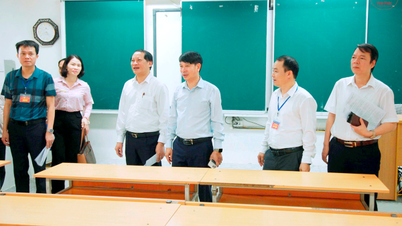

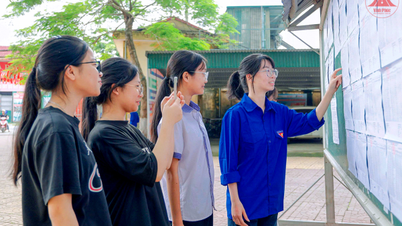
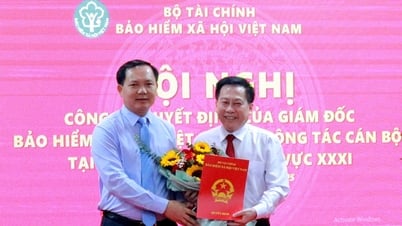


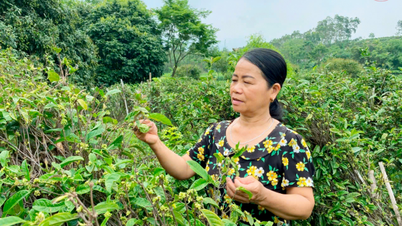





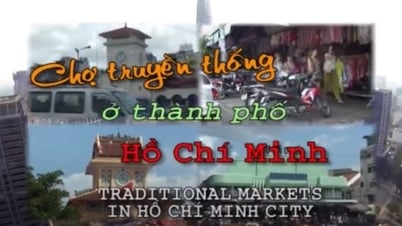



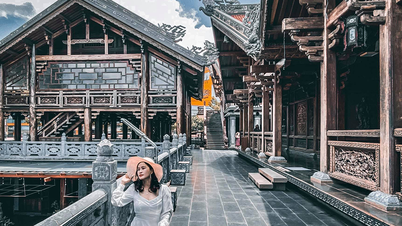

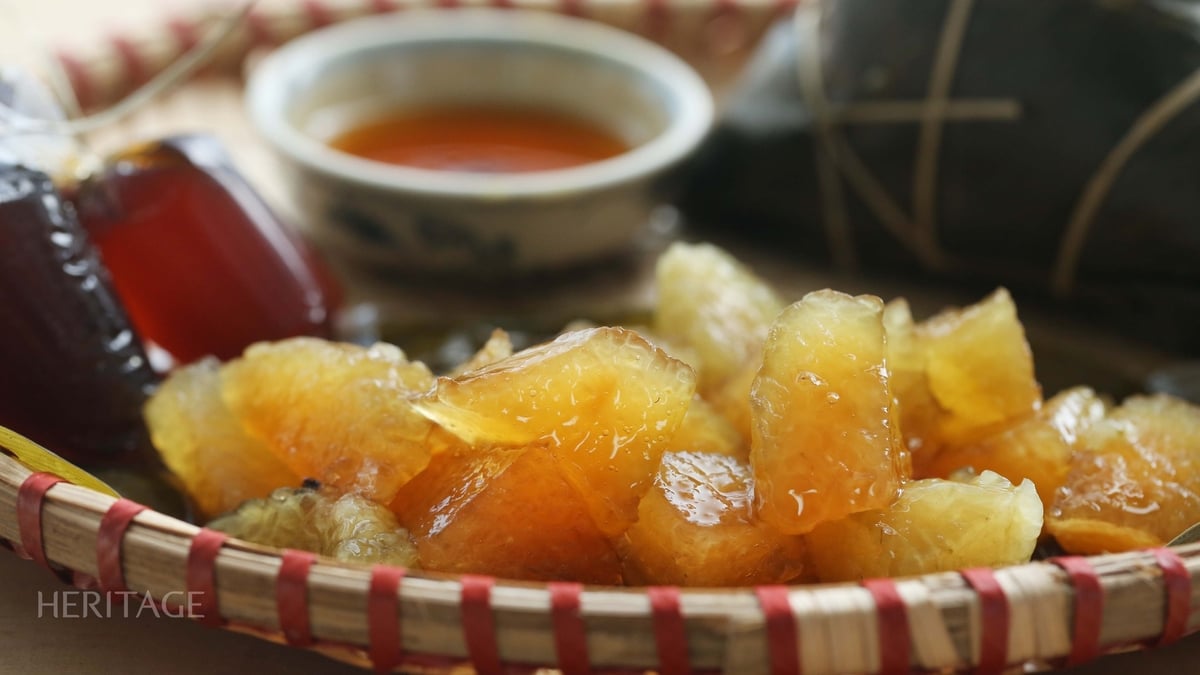



































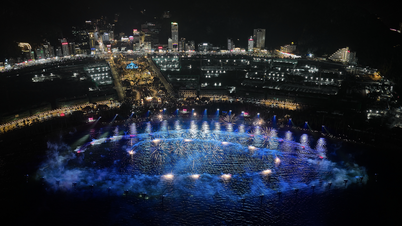




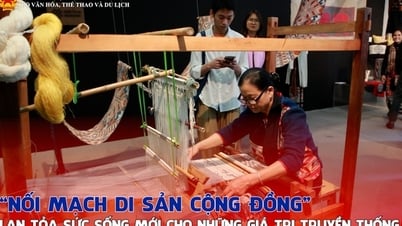
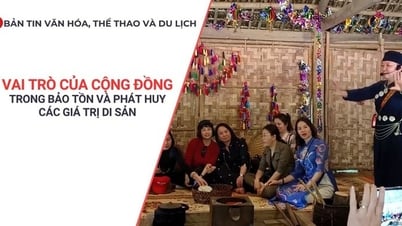
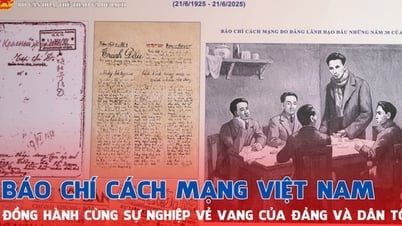
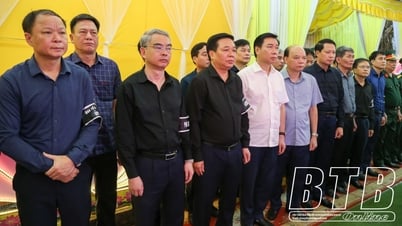



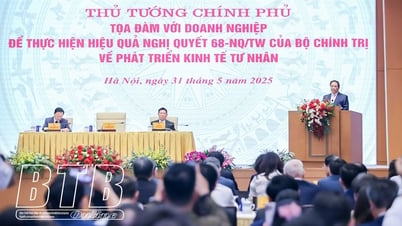

















Comment (0)